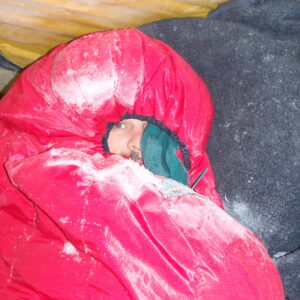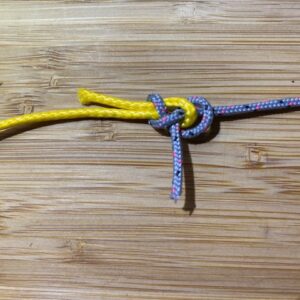-
Adventures, Camping, Critical items you ‘Need’ to Survive an Adventure, Expeditions, My Blog, Overlooked Survival Items
Best Sleeping Bags for Survival & Comfort on Your Adventures
Sleeping bag ratings serve as a guide, but they can’t guarantee warmth for everyone due to individual differences in body shape, size, age, and cold sensitivity. For instance, women often feel colder than men while sleeping because they typically have a lower metabolic rate and less muscle mass. Factors such as your body temperature when you enter the sleeping bag,…
-
Recovery is Inspirational : Best way to Triumph
“Recovery is Inspirational, and Inspiration is Contagious” captures the transformative power of personal growth and resilience When someone goes through a journey of recovery—whether it’s from illness, addiction, trauma, or any challenge—their strength can inspire others. That inspiration, in turn, spreads like a positive force, motivating those around them to pursue their own paths of healing, self-improvement and change. It’s…
-
Insect / Bug Warning Signals To Watch when ‘Foraging’
When foraging for edible insects / Bugs, it’s essential to confidently and accurately identify what you’re collecting. If you’re unsure about the Bug’s identity, it’s best to avoid eating it altogether. Always confirm the species through multiple reliable sources before consumption. Keep in mind that ingesting anything toxic can be highly dangerous, so it’s vital to exercise caution and prioritize…
-
Adventures, Critical items you ‘Need’ to Survive an Adventure, Expeditions, My Blog, Overlooked Survival Items
Essential Survival Gear for Treks and More: Checklist for Preparedness
Equip yourself with the essential knowledge of the vital items you’ll need for every adventure. Survival gear is invaluable in any emergency situation, and being fully prepared can make all the difference. With my comprehensive guide to must-have survival gear, you’ll have everything covered. When I prepare for a trek, I know that packing the right survival gear is key…
-
From Crime, Addiction then Cancer To Full Recovery: A Triumph of Resilience
Hello, I’m Roger Davies, and I’d like to share a bit about my journey—one that has taken me from the depths of addiction to the highest peaks of adventure, both literally and metaphorically. My life has been filled with incredible highs and devastating lows, but the thread that runs through it all is resilience, strength, and an unwavering commitment to…
-
Endurance Mindset: How To Overcome Mental Challenges
Endurance and extreme trekking events test not just your physical limits but also your mental resilience. Success in these challenges often hinges more on mindset than on physical strength alone. Two powerful examples highlighting the crucial need for My Personal Mental Resilience > Hearing the most Feared Words in Ocean Rowing – Man Overboard When the Doctor gave me the…
-
Overcome Addictions: Your Ultimate Directory of Recovery Support Groups
Over my four-decade journey in recovery, (02.02.81) I’ve found that building strong social connections within a group or community is incredibly powerful and profoundly transformative. These bonds have not only supported my personal growth but also created a network of mutual strength and resilience. A proven way is by joining 12-step programs that are mutual aid groups designed to help…
-
Double Sheet Bend: Is the Most Reliable Knot for Securely Joining Ropes of Different Diameters
The Double Sheet Bend, also known as the Double Becket Bend, is a more secure variation of the Sheet Bend knot. It’s specifically designed to join two ropes of different diameters together. Here are some common uses for the Double Sheet Bend knot: Why Choose the Double Sheet Bend? Overall, the Double Sheet Bend is a robust knot suitable for…
-
Water Bowline: The Most Reliable Secure Knot for Wet and Slippery Conditions
The Water Bowline is a type of knot that is a variation of the classic Bowline, known for its strength and security. It’s particularly used in maritime activities because it holds well under load and can be easily untied even after being subjected to a heavy strain. Key Features of the Water Bowline: To tie a Water Bowline: This version…
-
Proven Strategies for Enhancing Cardiovascular Health : What You Need to Know
Key aims of cardio/aerobic exercises are crucial for maintaining overall health and fitness. These types of exercises primarily focuses on improving the efficiency of the cardiovascular system, which includes the heart, lungs, and blood vessels. Understanding the aims of cardiovascular training can help you develop a more effective workout routine and achieve your health goals. Consistency is Key: Aim for…











